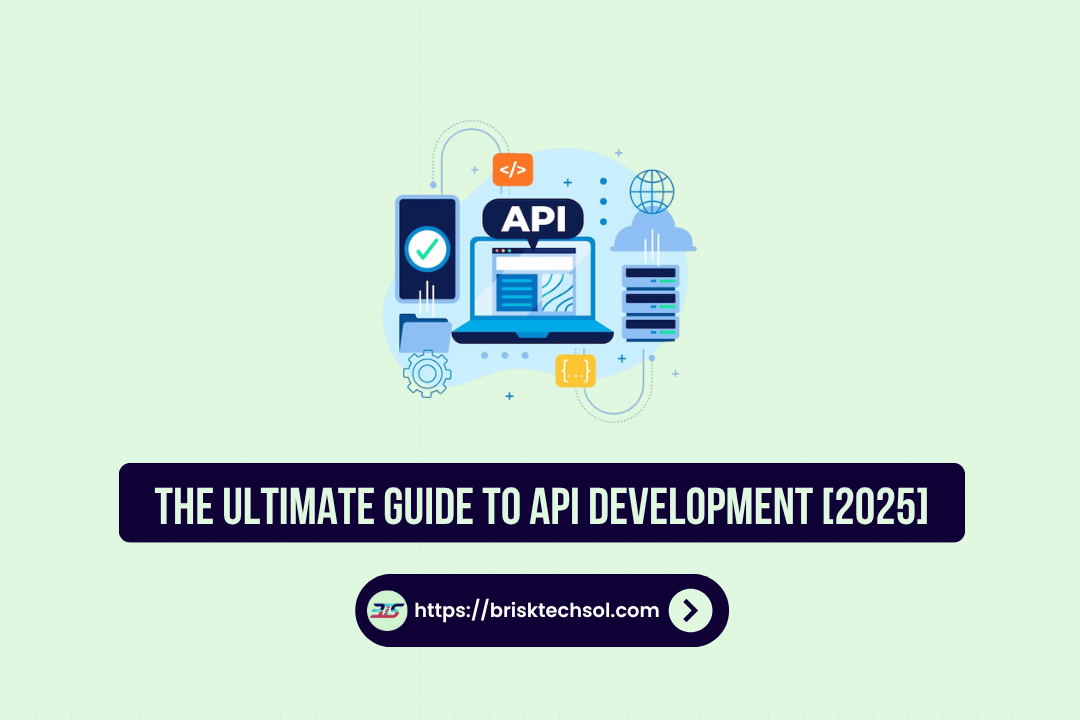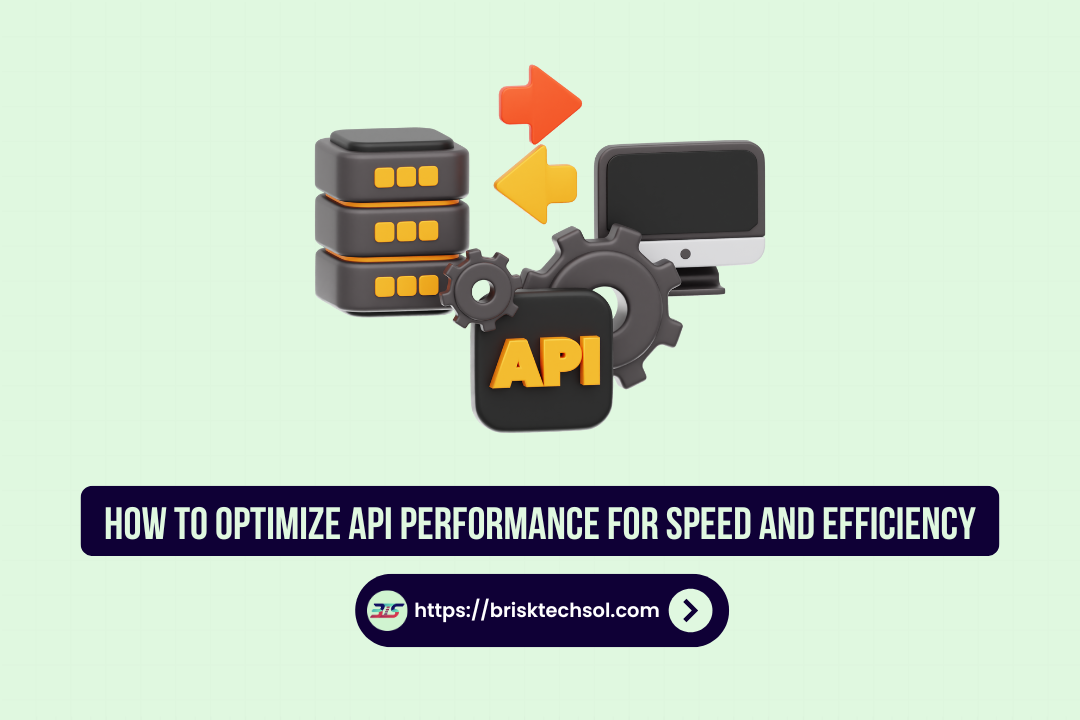The tech world is constantly changing, and so are the tools developers use to create apps. Among the many frameworks available, React Native has consistently stood out for its promise of cross-platform development. But as new alternatives grows, the question arises: Is React Native still worth it in 2025? In this article, we’ll explore the benefits, limitations, alternatives, and trends surrounding React Native to help you make an informed decision.
What is React Native?
React Native, developed by Facebook (now Meta) in 2015, revolutionized app development by allowing developers to build mobile applications using JavaScript and React. Its standout feature is the ability to write a single codebase that works across both Android and iOS platforms.
Core Features of React Native
- Cross-Platform Compatibility: Code once, deploy on multiple platforms.
- Hot Reloading: Instantly see changes during development.
- Rich Ecosystem: A robust library of third-party plugins and tools.
React Native quickly gained traction, with companies like Instagram, Airbnb, and Tesla adopting it for their mobile apps. But is it still the go-to framework in 2025?
Benefits of React Native
1. Cost-Effectiveness
React Native reduces development costs by enabling a shared codebase for Android and iOS, making it ideal for startups and businesses on a budget.
2. Faster Development
The framework’s hot reloading and pre-built components streamline the development process, reducing time-to-market.
3. Community Support
React Native boasts a large, active developer community. This ensures regular updates, extensive documentation, and access to numerous open-source libraries.
4. Real World Use Cases
Some of the world’s leading companies rely on React Native:
- Instagram: Used React Native for parts of its app, improving iteration speed.
- Bloomberg: Built their app with React Native, citing its efficiency and dynamic updates.
Limitations of React Native
While React Native offers numerous benefits, it’s not without its flaws.
1. Performance Challenges
Native applications often outperform React Native in terms of speed and efficiency, especially for resource-intensive apps like games or those requiring heavy animations.
2. Dependency on Third-Party Libraries
React Native relies heavily on third-party plugins, which can lead to compatibility and maintenance issues.
3. Scalability Concerns
For large-scale apps, managing a React Native codebase can become cumbersome.
- Case Study: Airbnb cited scalability issues as one of the reasons for moving away from React Native.
Alternatives to React Native
The rise of other frameworks like Flutter and Kotlin Multiplatform has intensified competition in the cross-platform development space.
| Framework | Key Features | Best For |
|---|---|---|
| React Native | JavaScript-based, cross-platform compatibility | MVPs and simple apps |
| Flutter | Dart-based, rich UI, Google support | Apps requiring complex UI/animations |
| Kotlin Multiplatform | Native-like performance, shared logic | Apps with platform-specific needs |
Key Differentiators
- Flutter: Excels in rendering high-quality UIs but has a steeper learning curve.
- Kotlin Multiplatform: Offers native-like performance but is less mature compared to React Native.
Is React Native Still Worth It in 2025?
Yes, React Native is still worth it in 2025:
- Popularity: React Native is a popular framework among developers, with a large community and strong adoption rates.
- Demand: The demand for React Native developers is steady and expected to grow.
- Cross-platform: React Native is efficient for cross-platform mobile development.
- Features: React Native offers a shared codebase, native UI, and ongoing updates.
- Performance: React Native offers native-like performance.
- Technology roadmap: React Native has an ambitious technology roadmap that includes innovations like the React Compiler and Static Hermes engine.
However, there are some potential downsides to consider, such as:
- Performance concerns for compute-intensive apps
- The need for custom native code
- Not all native functions are protected yet
- Native applications are still more performant
The right framework for your app project depends on your specific requirements, desired user experience, development speed, and budget. You can speak to an experienced mobile app developer to help you choose the best option.
Market Trends
Despite growing competition, React Native remains one of the most widely used frameworks. It continues to dominate MVP development and simple apps due to its speed and cost-effectiveness.
When to Choose React Native
- Startups: Ideal for building minimum viable products.
- Businesses with Budget Constraints: Cost savings through a shared codebase.
- Apps with Moderate Complexity: Suitable for non-intensive applications.
When to Look Elsewhere
- Apps requiring high performance and complex animations.
- Enterprise-level applications with large user bases and scalability requirements.
Here’s a table comparing the pros and cons of React Native
| Pros of React Native | Cons of React Native |
|---|---|
| Code Reusability: A single codebase for iOS and Android, reducing development time and costs. | Performance Limitations: Not ideal for compute-intensive apps or highly complex animations. |
| Cross-Platform Support: Write once, deploy on multiple platforms efficiently. | Custom Native Code Required: Developers may need to write native modules for some advanced functionalities. |
| Large Community: Strong developer support with extensive resources and libraries. | Incomplete Native Support: Not all native APIs and features are fully integrated. |
| Fast Development: Hot Reloading allows instant updates during development. | Native Apps Perform Better: Pure native apps still outperform React Native in some use cases. |
| Ongoing Updates: Backed by Meta, ensuring consistent improvements and a robust roadmap. | Learning Curve for Beginners: Combining React with native modules may be challenging for new developers. |
Final thoughts
React Native still holds its ground as a viable framework for cross-platform development in 2025. While it may not be the best choice for every project, its cost-effectiveness, vibrant community, and quick development process make it an excellent option for startups and small to mid-sized applications. However, for performance-intensive or large-scale apps, exploring alternatives like Flutter or Kotlin Multiplatform might be a smarter move.
FAQ‘S
1. Is React Native still relevant in 2025?
Yes, React Native remains highly relevant in 2025, especially for cross-platform app development. Its cost-effectiveness, vibrant community, and continuous updates keep it a popular choice for startups and businesses with moderate app complexity.
2. Is React Native losing popularity?
While competition has increased from frameworks like Flutter and Kotlin Multiplatform, React Native has maintained its strong presence. It’s still widely used, particularly for MVPs and non-intensive applications.
3. Is React Native still in demand?
Absolutely. React Native developers are in demand due to the framework’s continued adoption for building cost-effective and cross-platform mobile apps.
4. Is React Native outdated?
No, React Native is not outdated. It receives regular updates and is backed by a strong community. While newer frameworks exist, React Native remains a modern and viable solution for many development projects.
5. Is React Native suitable for large-scale apps?
It can be, but managing scalability and performance may require significant effort and resources.
6. What are the costs of developing with React Native?
Costs depend on app complexity, but React Native is generally more affordable than native development due to its shared codebase.









